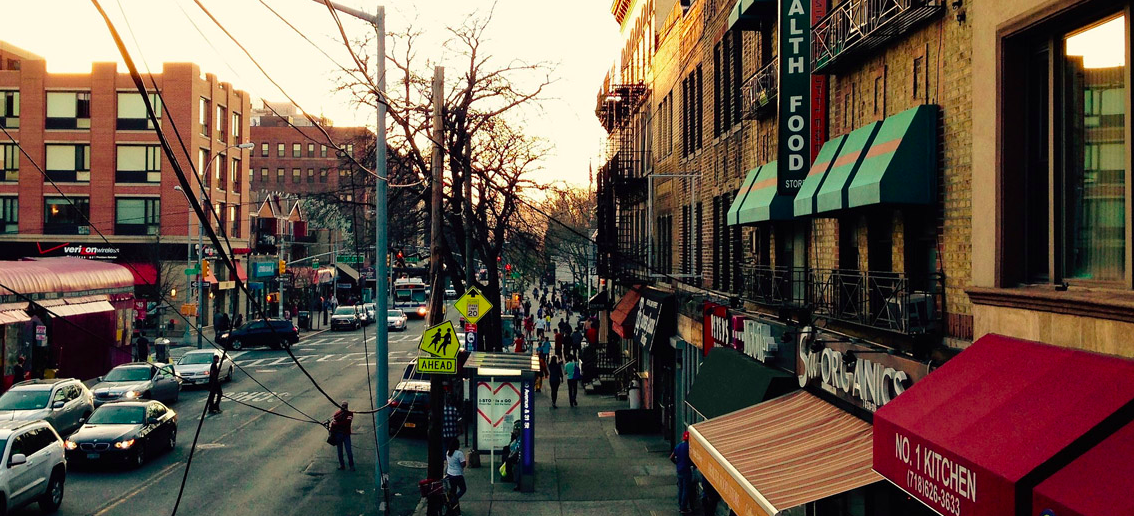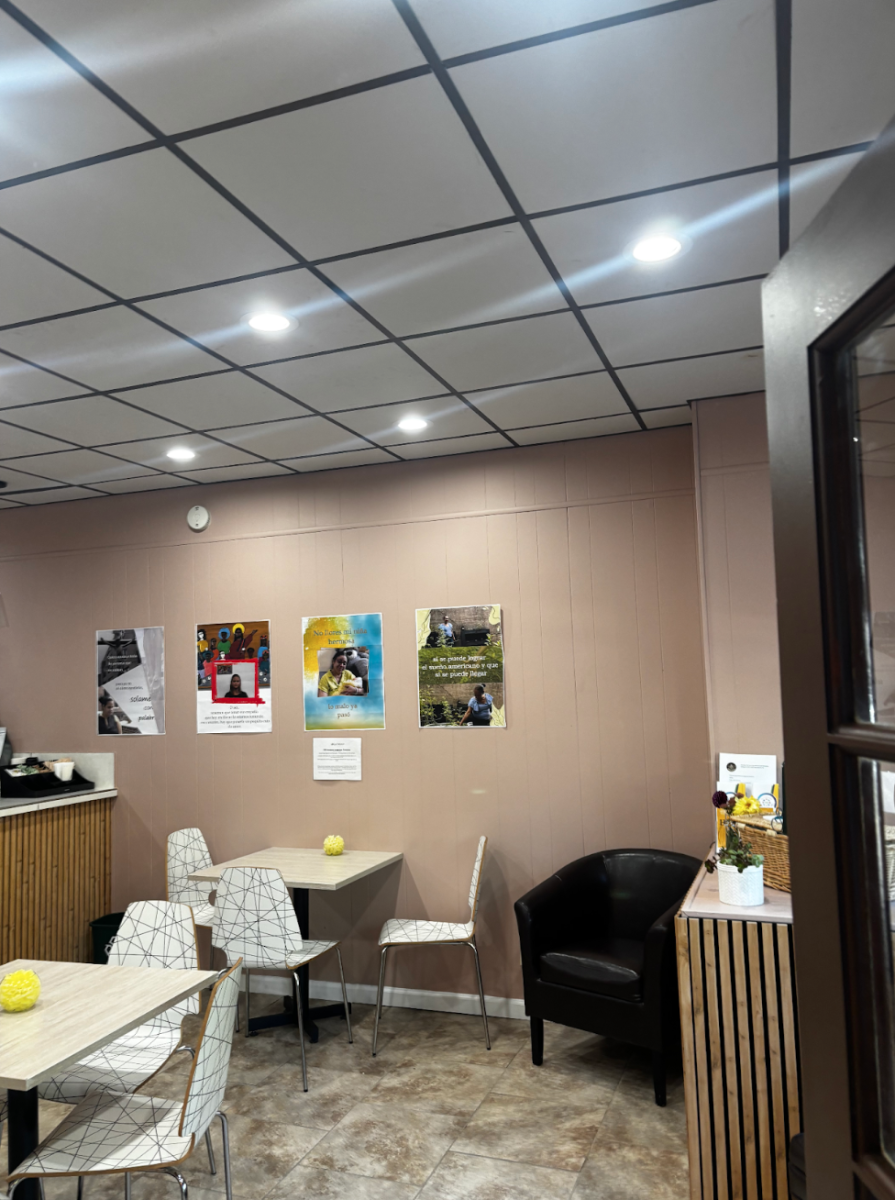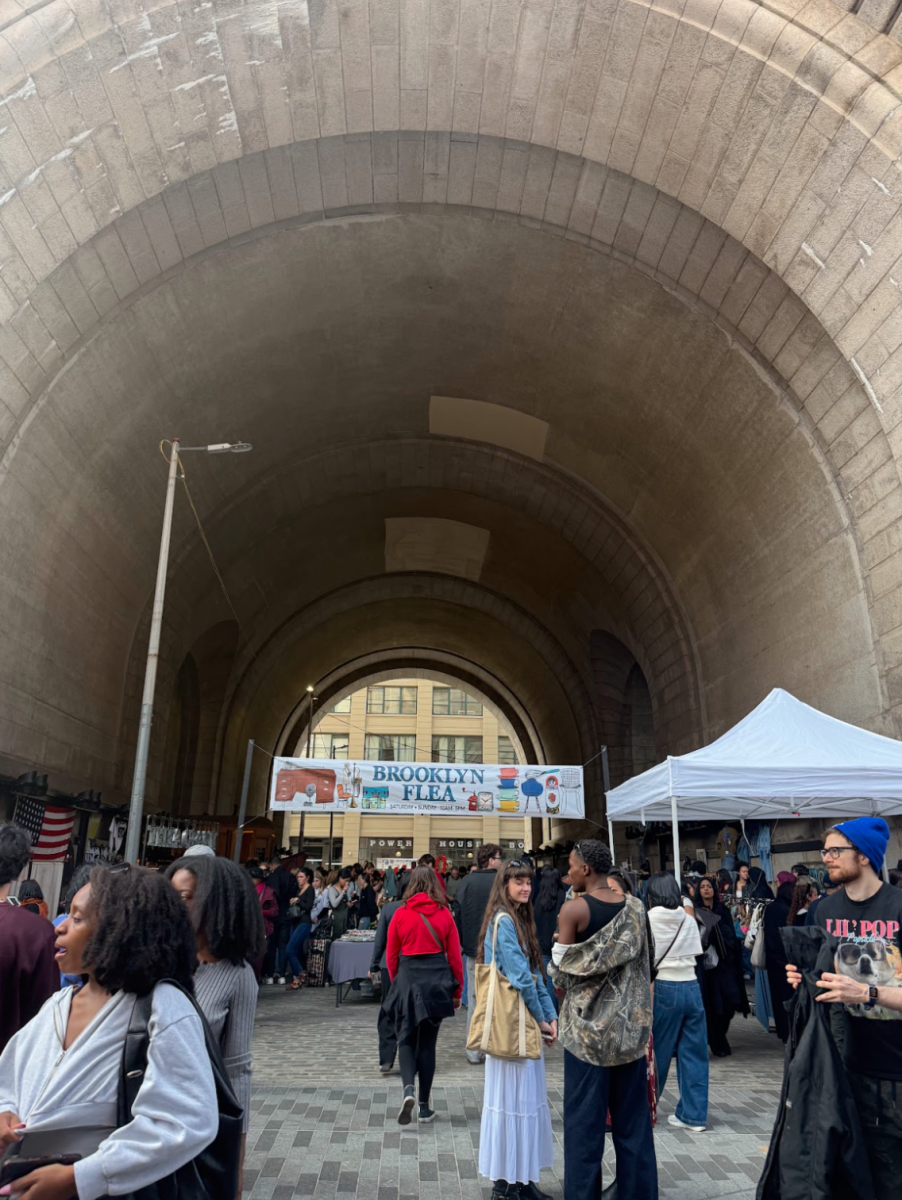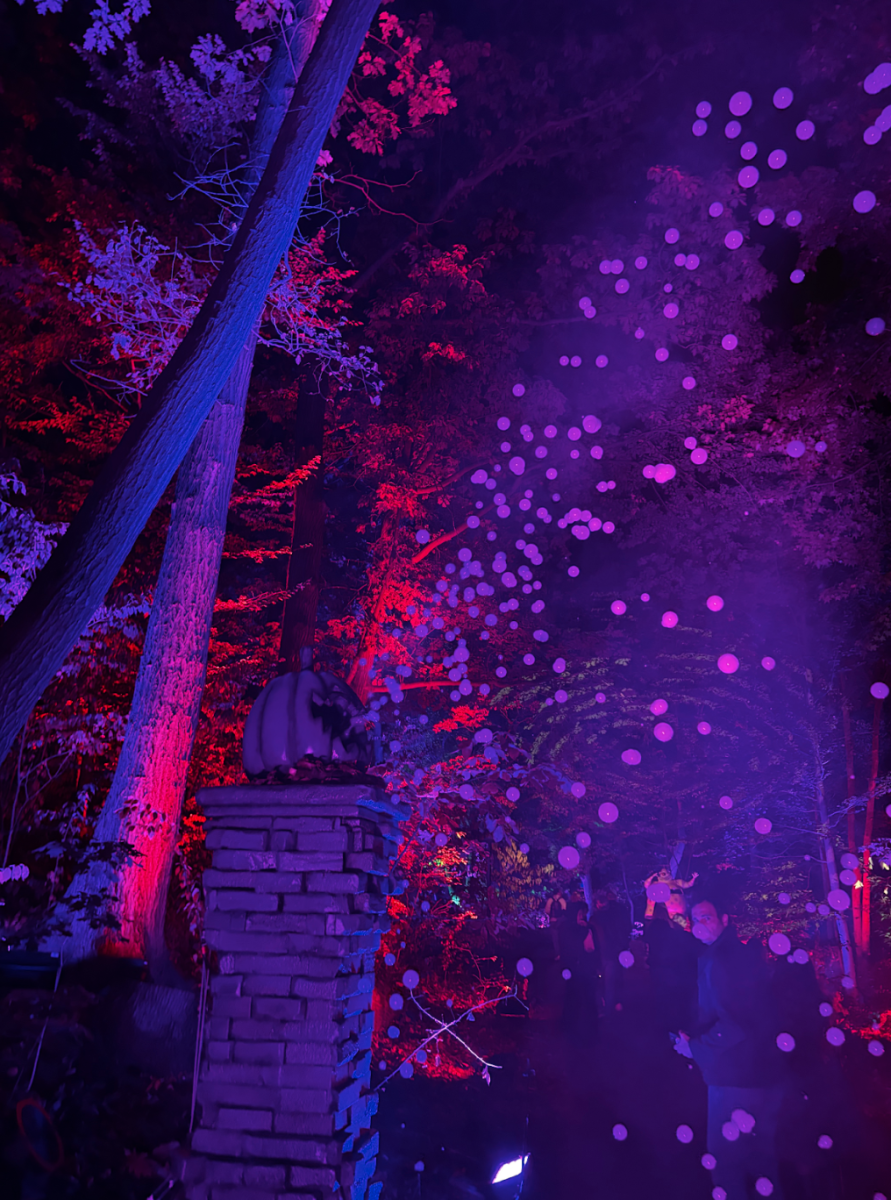In my first meeting of a sociology course this semester, the professor started class, like most do in the first week, with a simple introductory icebreaker. In addition to the standard-issue questions of calling on students to share their name, major and hometown with the class, he also asked us what word of advice we would give to someone moving to New York City.
My answer was to venture out into all five boroughs of the city and expand your horizons past Midtown and lower Manhattan. A sentiment that is often repeated by locals, residents, students like ourselves and even a handful of visitors.
But this word of advice, that I so strongly feel as I write this, was simply lip service and one that I didn’t fully believe or practice until a few years ago when I visited Astoria for the first time.
Astoria might be one of the most unique neighborhoods in New York. In the sense that it doesn’t really have a reference point of another neighborhood. Park Slope? The Upper West Side with shorter buildings, a smaller park and more strollers. Murray Hill? The Upper East Side with less art, more bars and an average age 25 years younger.
Astoria doesn’t have a sister neighborhood. I’d argue it barely has a cousin.
What lies in Queens’ northwestern corner, offering a breathtaking view of the city from the East River is truly a different world from anyone raised outside of Astoria. A world that inspires and motivates, and frankly, may even have you ascribing the dreaded “overrated” label to the borough across the river. But hopefully not.
Astoria started, like many neighborhoods outside the borders of Manhattan, as a recreational destination for the city’s wealthy. During the latter parts of the 19th century, however, Astoria became a haven for the wave of recent European immigrants. Germans, most notably Heinrich Steinweg, founder of Steinway and Sons piano company, moved into the neighborhood. As Germans moved east towards central Queens later in the early 1900s, Astoria effectively became a Greek stronghold for the second half of the 20th century.
By 2015, Astoria was ranked one of the most ethnically diverse neighborhoods in New York, with over 100 ethnicities recorded living in the area.
Today, Astoria boasts my favorite New York City museum outside of Manhattan: The Museum of the Moving Image on 37th St. and 35th Ave. Astoria played an integral part in the development of American cinema, championing one of the first film studios in the country, Kaufman Studios, which is still alive and well to this day.
The Museum of the Moving Image is filled with hundreds of props, make up, cameras and anything else that an NYU film major would annoyingly explain to you the importance of for hours.
The Jim Henson exhibit is the crown jewel here, with props of Big Bird, Oscar the Grouch and more, straight from the set of Sesame Street. Appropriately, there is also special attention paid to the history of Kaufman Studios throughout the museum as well.
I have heard from multiple sources that the Museum of the Moving Image is superior to the Academy Museum of Motion Pictures in Los Angeles. That’s as good of a recommendation for this museum as any.
Food options in Astoria are far and wide. Classic, cheap, mouth-watering tacos from Mi Espiguita on 31st St. can never go wrong. Hip atmospheres and new American dishes are in large supply here, too, by way of Sanford’s and The Trestle, both on Broadway.
Astoria shines in so many ways, but perhaps its best quality is it is able to seemingly balance old New York and new New York so well. In a city that moves at the speed of light in some areas, and not at all in others, Astoria is Queens’ gift to the modern world that still urges us to remember where it came from.











































































































































































































